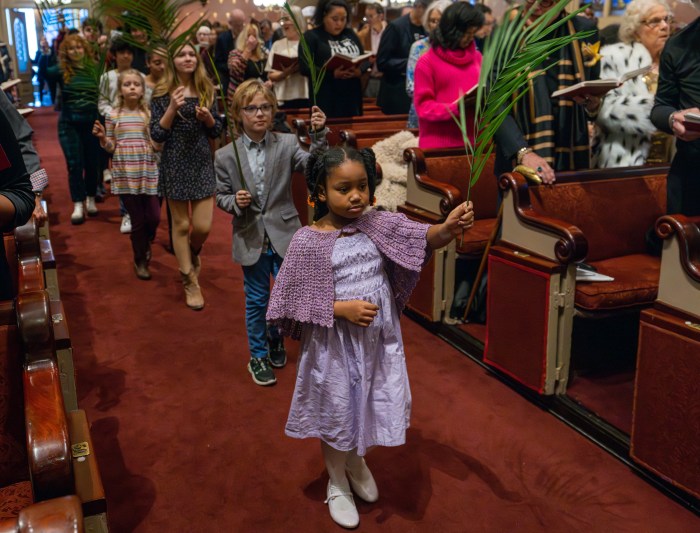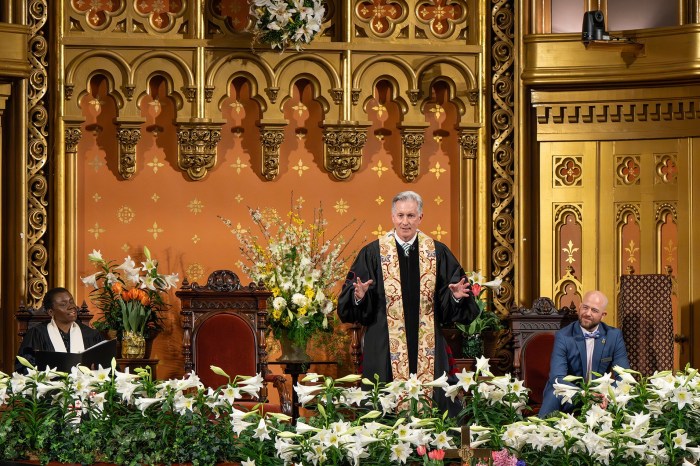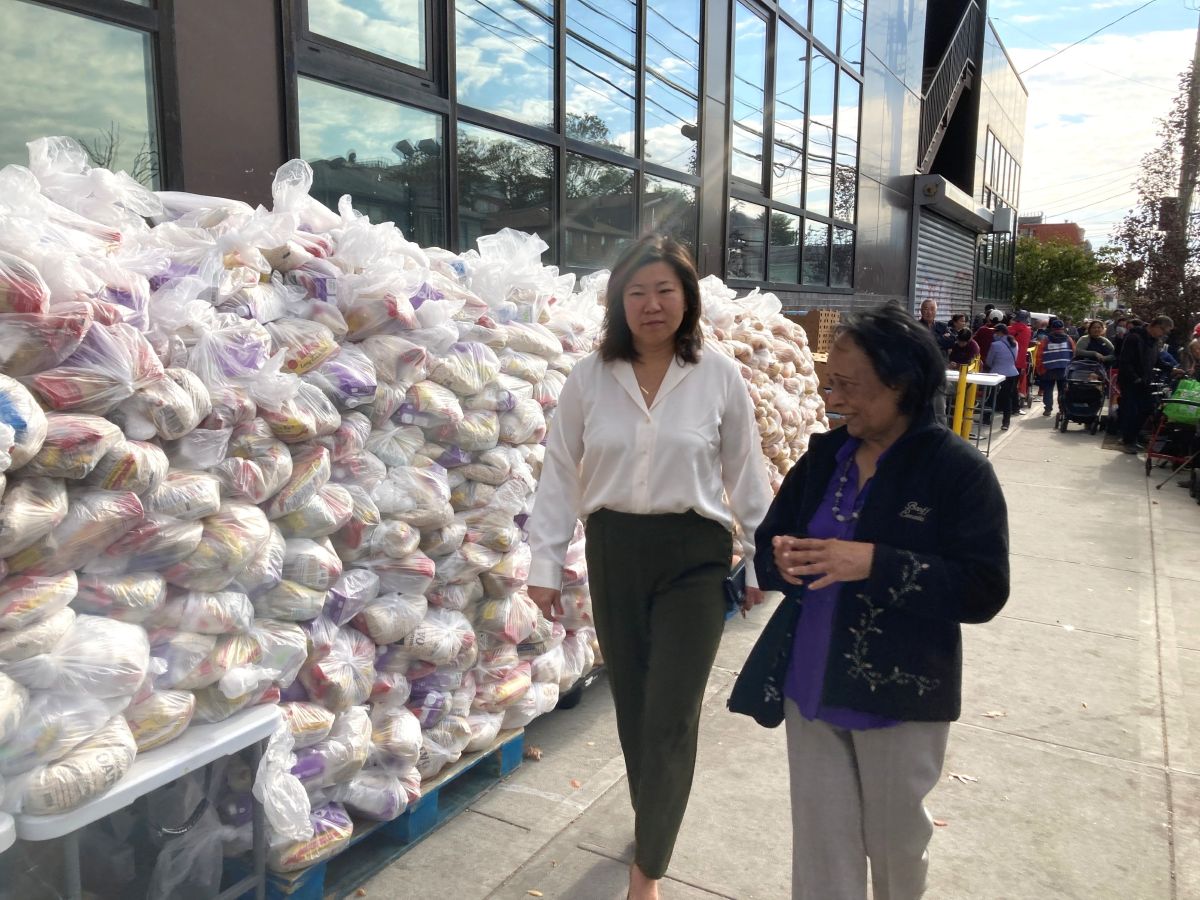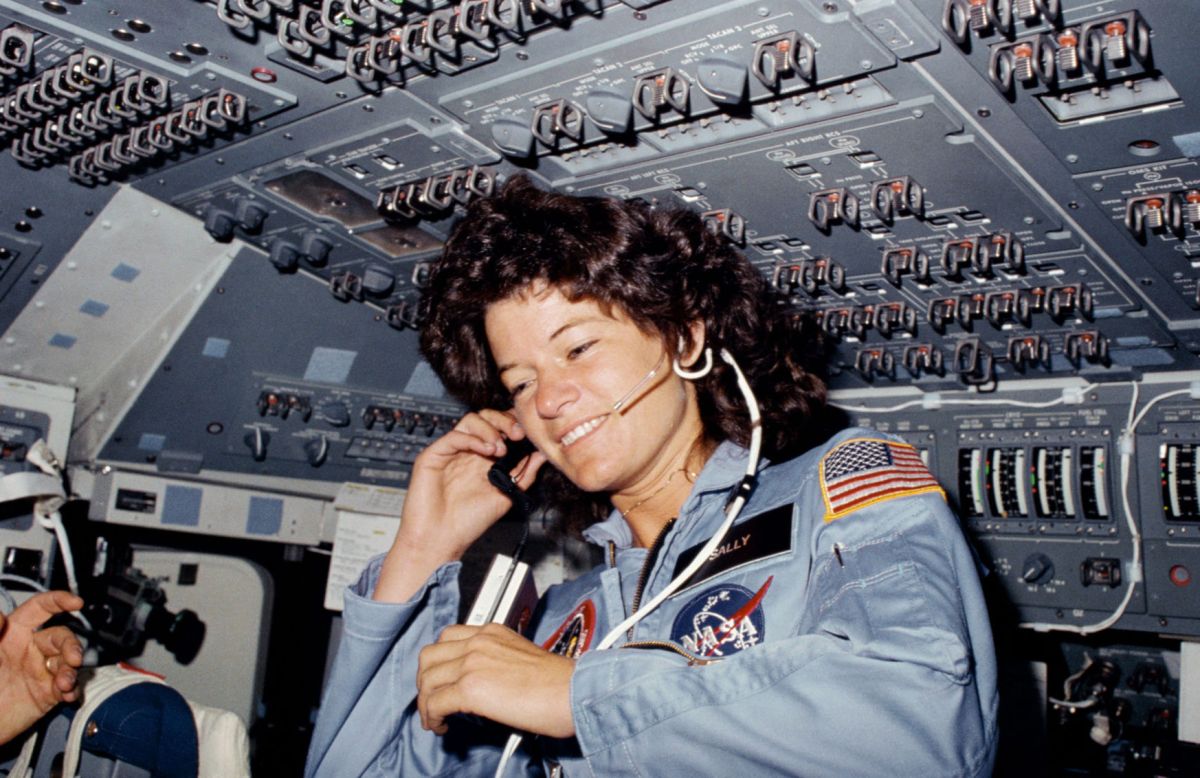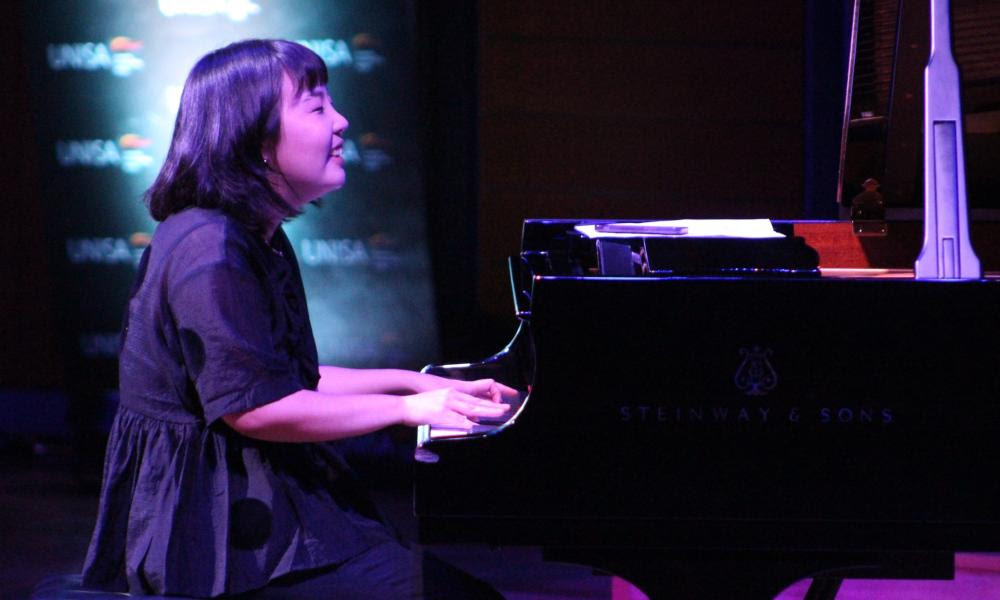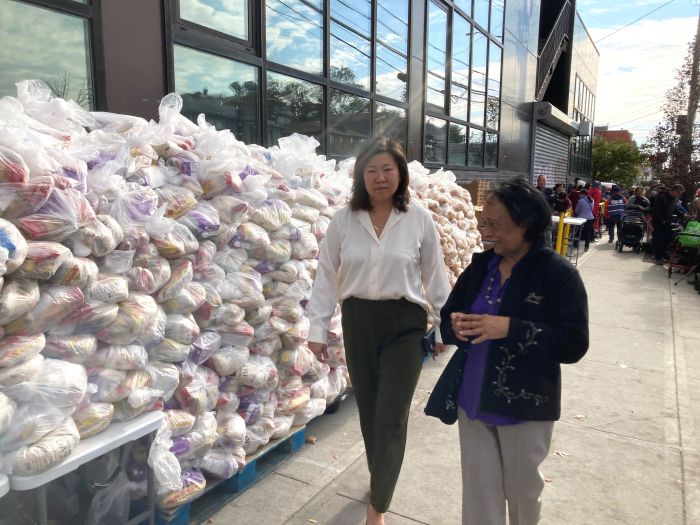After more than two decades of Off-Broadway runs, regional and college stagings, concert performances, and a film adaptation, Jason Robert Brown’s “The Last Five Years” has finally arrived on Broadway—this time with Nick Jonas as Jamie and Tony Award winner Adrienne Warren (“Tina: The Tina Turner Musical”) as Cathy.
Unfortunately, this long-awaited debut is a frustrating misfire — overproduced, emotionally hollow, and fundamentally at odds with the delicate intimacy that makes the musical so beloved.
Written in 2001, “The Last Five Years” is a two-character song cycle that traces the rise and fall of a romantic relationship. Jamie, a young novelist who enjoys sudden success, tells his story chronologically from the beginning. At the same time, Cathy, an underemployed actress, recounts hers in reverse, beginning at the end of their marriage. Their narratives intersect only once—at their wedding—underscoring the disconnect between them.
That structure, so clean and emotionally resonant in past productions, is muddled here. Director Whitney White disrupts the show’s careful design by placing the characters in each other’s songs throughout, dulling the impact of the intersecting timelines and creating unnecessary confusion.

What’s lost is the aching, inevitable sense of two people drifting apart in opposite directions.
Jonas does not appear to have the acting ability to handle the complexity of the role. Jamie is a difficult character: inherently self-absorbed, emotionally careless, and often unsympathetic. But a strong actor can mine his insecurities and ambition to find moments of vulnerability.
Jonas does not. Jonas coasts on a pop-style vocal delivery and surface-level charm, never tapping into the emotional tension the role demands. His Jamie is flat, smug, and emotionally disengaged.
Warren commands the stage in a way that’s compelling to watch. But her character choices—rooted in strength, confidence, and composure—are at odds with Cathy, who is defined by uncertainty and frustration. Her voice, more suited to pop-rock or powerhouse anthems, lacks the emotional vulnerability the score demands. At times, you get the sense that she’s using the show as a platform to showcase her undeniable vocal power and stunning stage presence rather than embody the character.
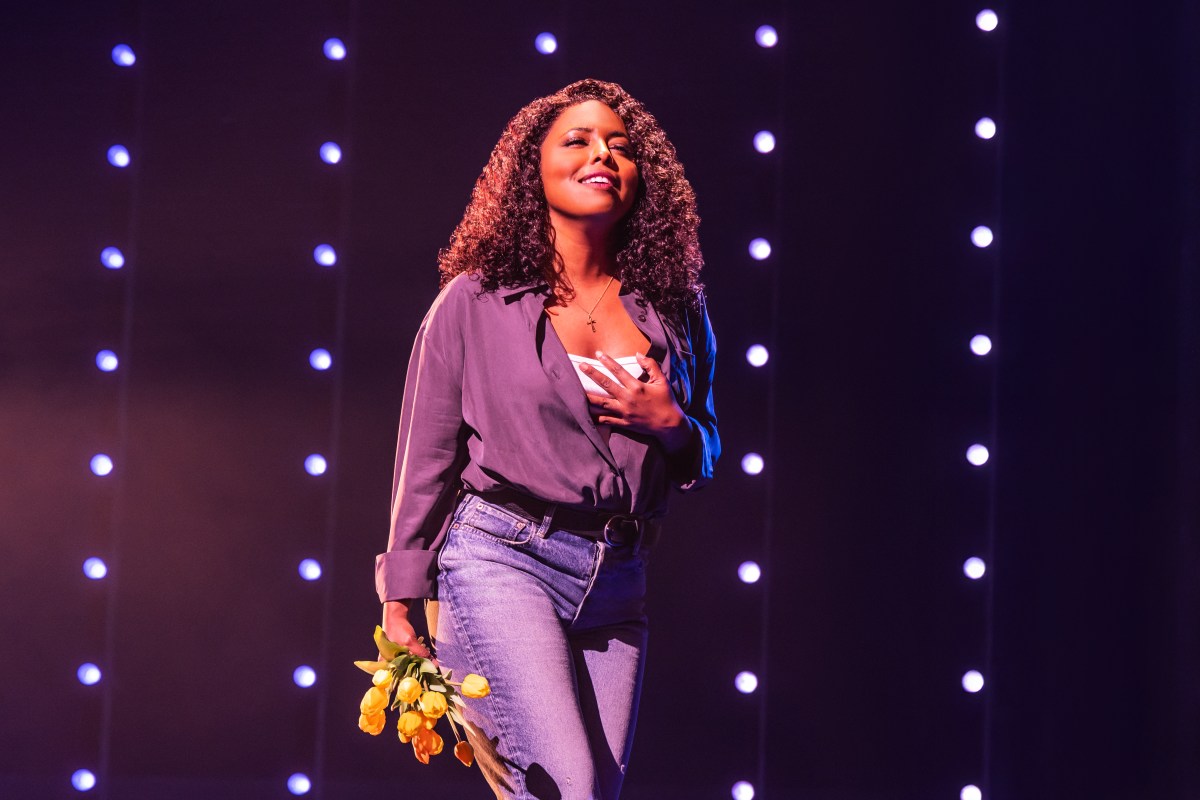
Also problematic is the complete lack of chemistry between Jonas and Warren. They seem to occupy different emotional registers, never convincing as a couple that once loved each other deeply. It often feels like Jonas and Warren are starring in two different productions of the show—neither of which is quite right.
The physical production only amplifies the disconnect. Where “The Last Five Years” typically thrives on minimalism, this version attempts to fill the Broadway stage with lighting effects and visual clutter—a curtain, a bedroom, a cityscape model, even a flower shop. It’s as if the creative team felt the show needed to be made “bigger” for Broadway when it’s a piece that works best in small spaces.
During the pandemic shutdown, “The Last Five Years” was presented virtually from empty theaters and even an apartment—and those stripped-down productions were far more effective than this one. The show’s size and structure lend themselves beautifully to minimalist treatment. In fact, the best production I’ve seen of the show was a concert version at Birdland, with Brown himself singing Jamie opposite Lauren Kennedy, who originated Cathy in the 2001 world premiere.
The score itself remains a triumph. Brown’s songs are rich with emotional ambiguity and melodic intricacy. (The orchestrations have been slightly expanded for Broadway.) But great music can only do so much when the storytelling is confused, and the emotional temperature remains cool.
For those unfamiliar with the show, the original Off-Broadway cast recording with Sherie Rene Scott and Norbert Leo Butz remains the best introduction. As a song cycle, the show plays beautifully as an album.
“The Last Five Years” will undoubtedly be staged again—and better. That Broadway got it wrong is disappointing but not defining. Sometimes, less really is more. The cast and creative team of the Broadway production forgot that.
Hudson Theatre, 141 W. 44th St., thelastfiveyearsbroadway.com.









